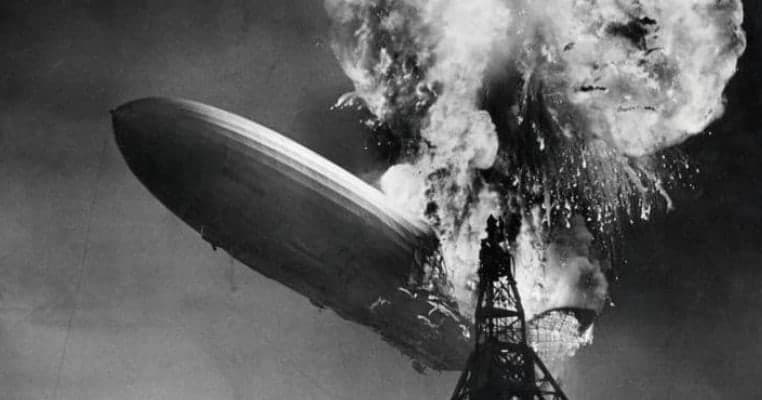Engineers are the unsung heroes of modern civilization. Providing mankind with the ability to travel over water with ships, drive at high speeds across the land in cars, and even fly amidst the clouds via airplanes, engineering has transformed every aspect of our lives. Yet despite placing countless conveniences at our fingertips, engineers are not infallible and some even downright negligent. Whether through the careless and blind pursuit of success, a disregard of the human cost in failure, or merely abject incompetence, history is littered with the casualties of engineering.

Here are 20 of the worst engineering disasters throughout history:

